As for weighing the importance of sources the rule generally followed is that
- books take precedence over articles (on the assumption that books provide more information and more references than articles);
- printed matter takes precedence over internet available information (on the assumption than printed material has a longer lifespan than websites);
- where the subject is the Alexander Technique itself (not history of, science of), teachers of the Technique take precedence over non-teachers, and
- substantial, original, seminal writings takes precedence over other writings. The writings of F. M. Alexander, and teachers who trained with Alexander, takes precedence over later writings. Where known the emphasis of the Companion is on the history and development of the Technique.
Rule for inclusion
Not every book or article is included. A book, part of a book, an article (or video, audio) has to contribute to a particular subject to be included, either for historical reasons (the first time a subject has been mentioned in writing) or because it is furthering the discussion on a subject. Hence, most introductory books and articles to the Technique are not included unless they contain substantial material on a specific subject, i.e. lying down.
An article or a book may be referenced several times if it contributes to different subjects.
The exception is biographical entries where everything written by a person on the Technique is listed.
Material consulted
All published books in English on the Alexander Technique, including all Congress Papers; all STAT Newsletters (except one missing issue); all The Alexander Journal issues; all AmSAT Journals (except one missing issue); almost all NASTAT Newsletters (a few copies missing); all Direction issues; all The Alexander Review issues; all Conscious Control issues. Almost all videos and audios (those published on VHS, DVD, CD, casette tapes). Books and articles on related material. In addition a number of archival material, letters, newspaper and magazine articles, notebooks, etc. have been consulted.
Bios
The biographical entries only contain deceased people.
All first generation teachers are included (where information about them exists). Later generation teachers are included when writings by them or on them – excluding obituaries – exist; the exception is Heads of Training courses who are included when any information on them exists.
Teacher societies
Internal discussions on policies are not included; exception is discussions or debates or policies which concerns teaching in general, e. g. approach to teaching.
Letters in teacher society newsletters are rarely included; this means, if you want to know the response to a certain article in a newsletter, you are advised to consult at least one or two subsequent newsletters in order to know of any contradictory or missing information to an article.
Reports of workshops are rarely included (they would have to be substantial to be included). Such reports are often third-person impressions, and are often short. For those please consult the respective society’s archives.
Book reviews are rarely included (a number of book reviews are available in the Mouritz Bibliography elsewhere on this website).
Classification
The classification system is broad and rudimentary. For example ‘Health and Medicine’ contains: orthodox health care, diseases and conditions, alternative therapies, and normal human functioning such as vision, hearing, sex and pregnancy. For details see the Companion Taxonomy.

